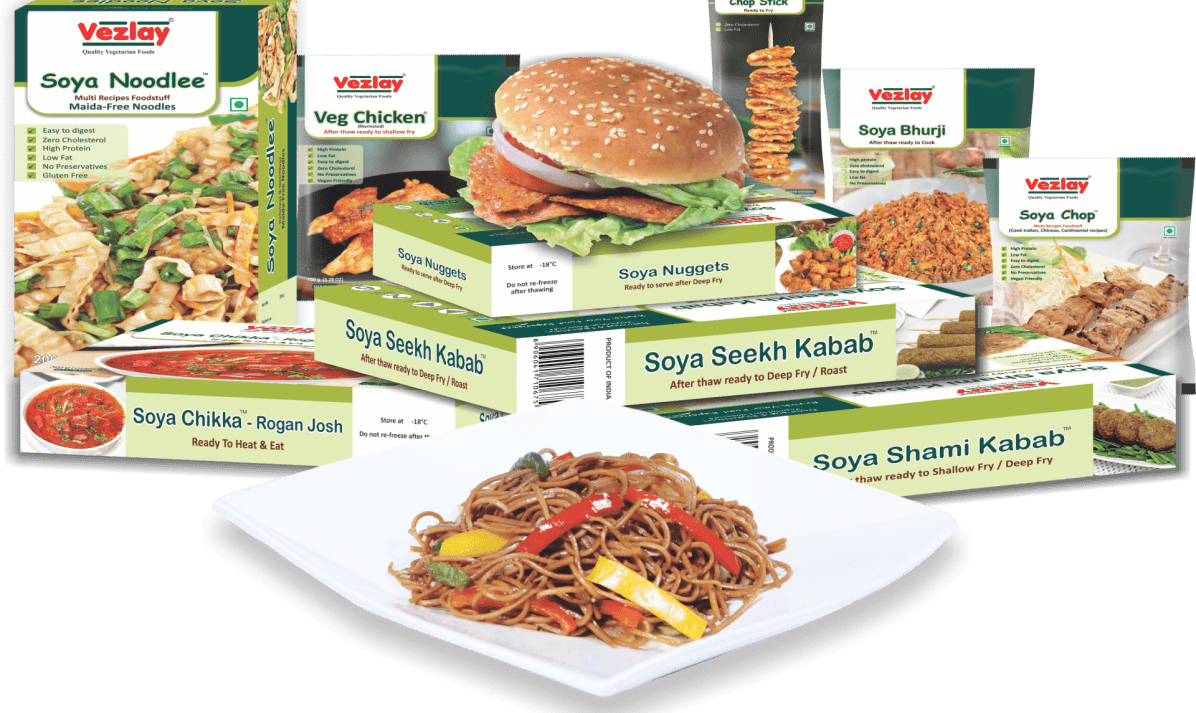Plant-based meats (i.e., products that have the characteristics of animal products but are derived solely from plants) and plant-based dairy products (i.e., products that use plant-based alternatives to many dairy products to make milk, yogurt, cheese, paneer, and so on) have become popular, especially in Western countries, in the last few years.
India was not far behind; we Indians have been introduced to this food category by several startups that have entered the arena. A lot of influence was added through the use of Bollywood and cricket stars, who started promoting the category to the masses. In addition, major QSR brand Domino’s has introduced a plant-based option in its pizza range, and ITC has introduced a SKU or two in its frozen product range. although with little success.
Plant-based options began to penetrate more deeply during the pandemic when health, well-being, and hygiene were taken care of; in addition, much of the consumption was limited indoors, and consumption outside the home decreased significantly. In addition, the talk about the strong environmental impact of plant-based alternatives to real meat was an additional selling point, especially for the younger generation of consumers who are more environmentally conscious. It gave plant-based options the boost they needed with many media bites and also became a strong talking point across all forms of media.
However, the situation in developed markets, where the adoption, consumption, and acceptance of herbal alternatives have grown rapidly, seems to have stabilized during the last two quarters. Beyond Meat Inc., a Los Angeles-based NASDAQ-listed producer of plant-based meat substitutes, lost more than 75% of its share value in 2022.especially for retail-focused D2C brands in this segment. Approximately two-thirds of plant-based meat products are frozen, with the remainder chilled.

Apart from the mostly funded startups in this space, we have also seen major CPGs like Unilever, Nestle, and others acquire some contested brands and enter the category. Later, major QSR brands such as Domino’s, McDonald’s, Burger King, and Starbucks added plant-based meats to their menus. Ikea, one of the top 10 grocery stores worldwide, has introduced many plant-based options in its stores and plans to switch to 50% plant-based options in the next 3-5 years.
Thus, it can be concluded that the food service channel continues its efforts to introduce various plant-based options to the consumer, and perhaps a large number of trials have been initiated. It is worth noting that all significant food trends begin outside the home and then move inside to the kitchen or refrigerator.
Plant-based meats are made from proteins isolated from plant sources, including soy and peas, and dairy products come mainly from oats, almonds, rice, and soy. Imitating the taste and texture of meat products requires a lot of scientific planning, processing, the addition of taste masking and strengthening substances, various chemical additives, color, taste, flavor enhancers, etc.
In short, many of these products are ultra-processed. A cursory look at the ingredients list of one major brand, for example, reveals that a hamburger patty is almost like a graduate’s chemistry textbook. In addition, prices are currently seen as a problem even for herbal alternatives, the price of which is on average 2–5 times higher than the real thing. I believe these are two challenges that the category will also have to overcome when it reaches the mainstream.
However, as the struggles over plant-based meat continue, the situation regarding plant-based dairy products seems to be intet with satisfying around the world including India. In the US market, the share of plant-based alternatives in the retail sale of milk is already around 16%. Cheese and other plant-based products continue to show healthy growth and acceptance. Even in India, we have seen several startups in the alternatives category offering various products. Unlike plant-based meats, many plant-based milks seem to have a much cleaner label, and as consumers become aware of their lactose intolerance, they seem to prefer alternatives to animal milk. However, the issue of the additional price has yet to be resolved.
In fact, We have now found oat-based fresh milk available in Bangalore at a nominal premium to organic fresh cow’s milk and is relatively clean label. This is a good start to addressing the price premium of plant-based options.
The question arises as to what will happen next with this field and category. Like any other food product aspiring to become mainstream, marketers must first address price, taste, and health equally. Consumers will not pay a premium for a product that produces poor taste, texture, or nutritional value unless it is prescribed by a doctor!
It is clear that the quality of the products on the market is improving every day, and with the expansion and development of technology, the price problem can be solved. Additionally, with QSRs valuing their plant-based options at the same level as true meat-based options, this would help create trials and increase traction in the category. However, dairy products seem to be heading north, and more competitive prices should only enhance their appeal.
Coupled with changing consumer preferences in everyday life and the constant desire to adopt healthier alternatives with strong sustainability, the market opportunities for herbal alternatives are good to see significant growth in the coming years, either from an internal or domestic consumption perspective. largely based on exports. Moreover, this dynamic change and shift towards adapting to plant-based alternatives is ushering in a new era of change in the food industry and empowering bright young Indians to lead this amazing change through an innovative start-up. Plants such as jackfruit, grown locally in India, can be innovatively processed.


